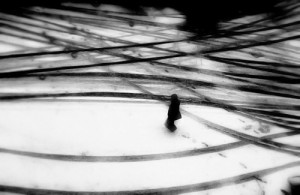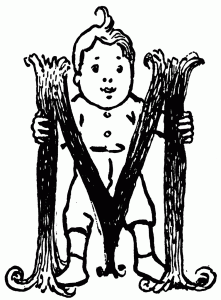
�There were two of you, nestled together in a good-sized puppy coop at Hanwell’s pet store in Ealing: a boy and a girl. How could I possibly choose between one pup and another?
My previous dog had been a girl, and I was predisposed to repeat the choice, but you, Maxi, appealed to me as soon as I had seen your picture on the website the day before, something about your gentleness and equanimity which shone through right from the start.
I wasn’t thinking about souls or Mu at that point, but had I been focusing on the incorporeal essence of psychē (“life, spirit, consciousness”, derived from the verb “to cool, to blow”) which had been puffed or fanned into your chest on the 5th of July, 2015, this might also have helped to explain why you rather than your sister came home with me.
In Zen Buddhism, a lot of emphasis is placed on the idea of wordless transmission, which is a notion that also underlies all of the koans. It’s not necessarily what is said, but rather the spirit (anima, psyche, that word again) in which the communication is conveyed. The way in which one puppy enacts with us rather than another. In my field of work (psychotherapy) we sometimes call this transference.
Transference is an unspoken, often unconscious communication between two people, or perhaps any two living beings. Words point to many things outside us, but transference always points within, and often back into the relationships we’ve had with significant others in our past.
Similarly with Zen. You get a lot of pointing in zen koans: illiterate monks pointing at the moon to show that words are like fingers which can only zero in on the truth but not embody it; or pointing to a water jar to underline some phenomenological insight; also fingers held in a certain way, knowing fingers, fingers that broadcast and enlighten. The underlying spirit is that if we can just somehow cut out all the background noise of meaning-making and focus on the soulful presence of another, or the world, be open to what might be come through, then the transmission we are seeking will become available to us.
We see this, as I’ve already mentioned, in the mythology of the Flower Sermon, in which Śākyamuni Buddha (Siddhartha Gautama) tries to transmit prajñā (wisdom) to his disciples by holding up a white lotus flower, although only Mahākāśyapa, so the story goes, “gets it”. Whatever “it” is here. And when he gets it, he smiles.
Haven’t we all been in the position of holding up our single white lotus flower and maybe only finding one person on our wavelength, or nobody? One of course is more than enough for this kind of communication. The problem is when we feel there isn’t even one out there who can do this for us. But as long as you have a transmitter, the message, and a receiver who gets that message, maybe that’s potentially sufficient?
There is something intensely affecting and almost, well, romantic about the lotus flower sermon, even though it doesn’t occur in a romantic “love setting”. It has all the elements though of a love story, elements which now form the bedrock of our culture and all its dramatic arts, from soap operas to ballet.
Love stories are all about intuition, as opposed to reasoned or inferential thinking:
Our eyes met across a crowded room.
I knew s/he was The One.
I couldn’t leave that pet shop without taking him home with me
So after meeting this one, you Maxi, and a quick cuppa at a greasy spoon just across the road from pet shop with Ma, the decision was confirmed, and back I went to Hanwells, just 15 minutes before closing time, in order to fill in the necessary paperwork, buy some bedding, a toy chicken, and of course the de rigeur Kong, so as to take home this as-yet-unnamed little boy.
“What are you going to call him?” Ma asked.
A single syllable forms in my mouth: “Max, I’m going to call him Max.”
At the time, I didn’t know where that name had come from.
But now, I hear it:
Massimo => Maximus => Max.
MASSIMO.
Pronounced: mahs-SEE-mo
Meaning/origins: Italian form of MAXIMUS, derived from the Latin maximus “greatest”.
But maybe you were also named in homage to Ma herself, Max, Ma being my more emotionally attuned parent. If I was going to become a sort of “parent” to you, this is the sort of parent I wanted to be.
At that moment though you were just-Max. But only for a day. Soon thereafter, and in the weeks to come you would also generate variations to your name, like Maxi, Maxi-Pax, Maxitude, Maxela, Indigo (especially when being put into you crate: “In you go, Indigo”), Bojo, Bowie, Bojus (as in: beautiful and gorgeous), and also just plain-‘n-simple Bo.
All variations on a theme, on a name, the kind of variations we play on puppy and baby names. The theme being? Well, love I guess. For when I write and say all the above names, don’t they reverberate in my heart with love, but also with another monosyllabic word, that of Yes.
Max…Max…Max…Max,
Yes…yes…yes…yes…yes.
Where does Mu fit into all of this? Mu of course being a word that in that Japanese means No. Where to find the Mu in Max, the no in yes, the hate in love?
It goes something like this.
 In the album released a few weeks before he died in November of this year, Leonard Cohen sings on the final track:
In the album released a few weeks before he died in November of this year, Leonard Cohen sings on the final track: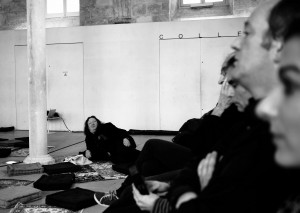

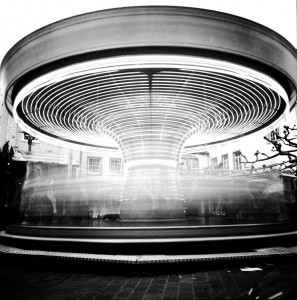




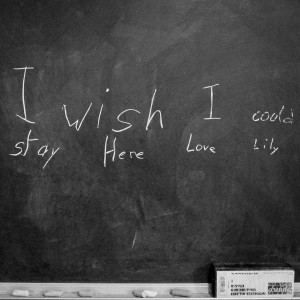

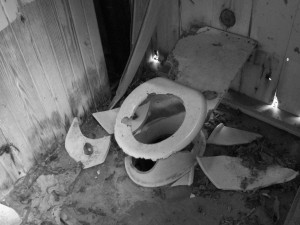
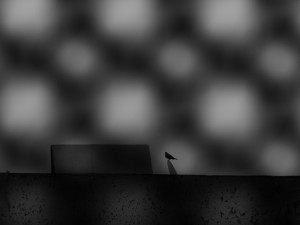
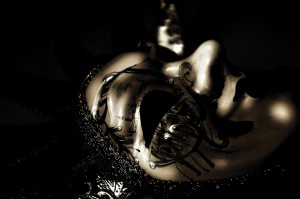
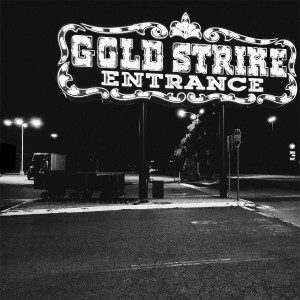
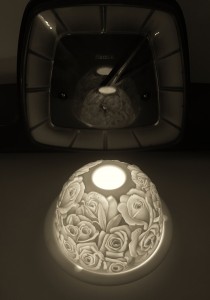

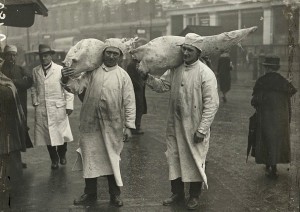



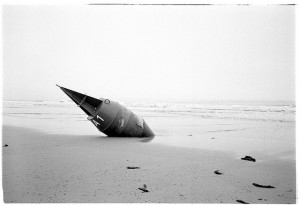


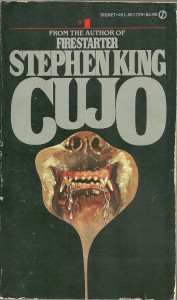





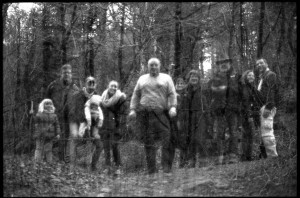

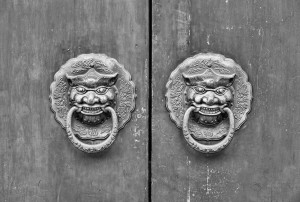
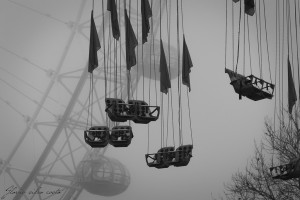

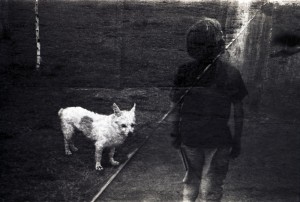




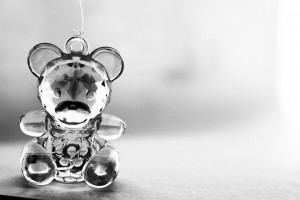
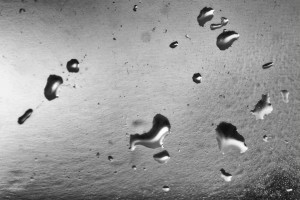

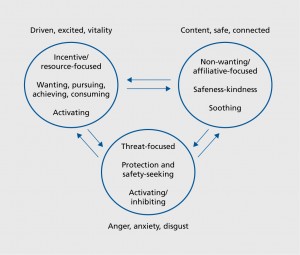

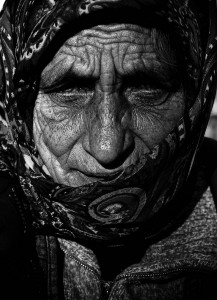

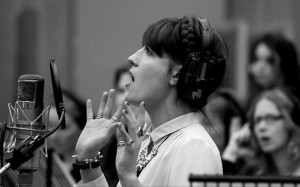



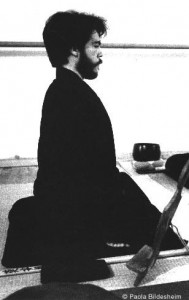 Michele cut an impressive and striking figure, having a thick shock of jet-black hair and a warrior’s beard. He was particularly impressive when sitting, chest-hoisted on his cushion in zazen-meditation, droopy-sleeved Koromo robes gathered around him. In this way, he resembled nothing less than the epitome of spiritual ardency.
Michele cut an impressive and striking figure, having a thick shock of jet-black hair and a warrior’s beard. He was particularly impressive when sitting, chest-hoisted on his cushion in zazen-meditation, droopy-sleeved Koromo robes gathered around him. In this way, he resembled nothing less than the epitome of spiritual ardency. 